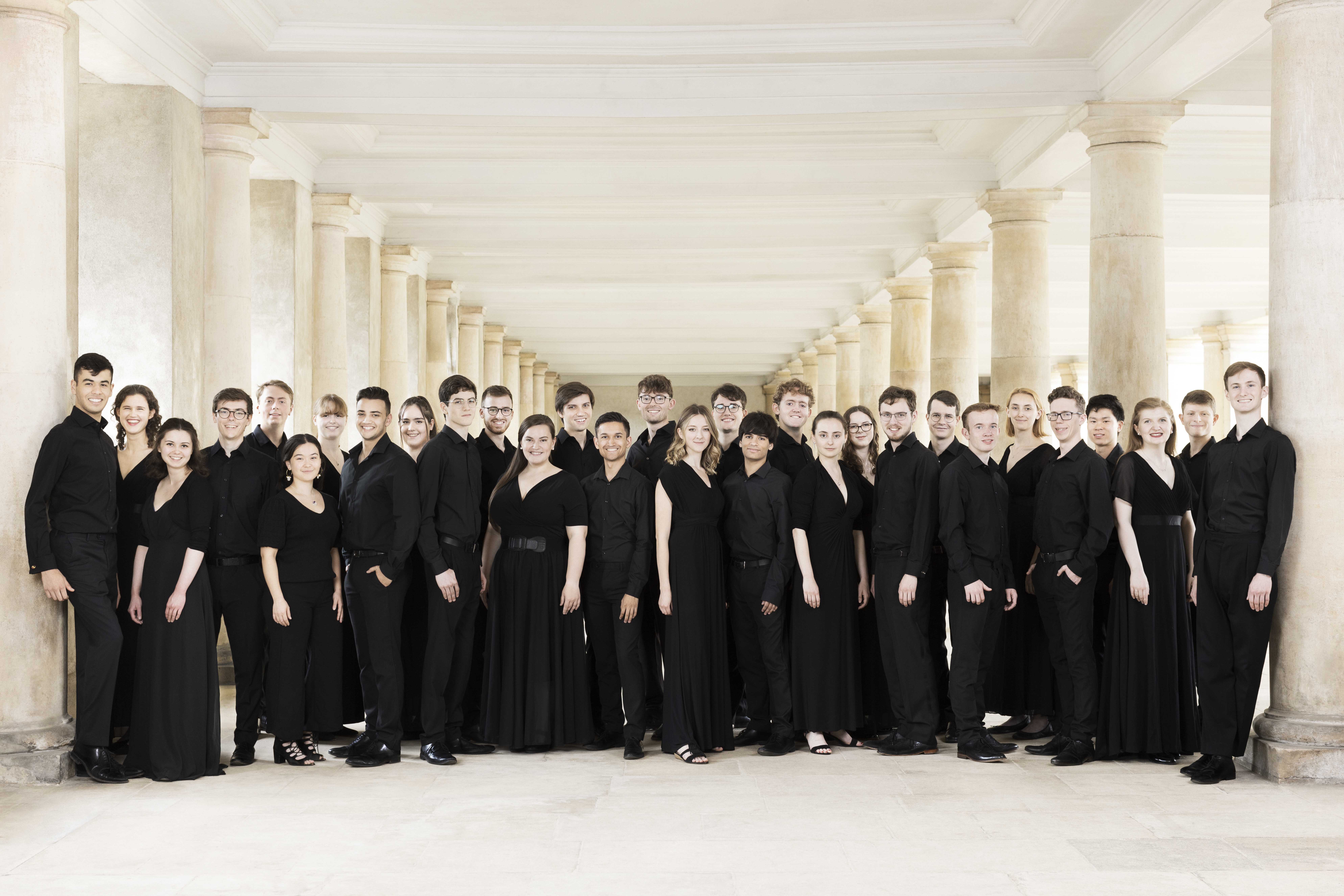Bach: B Minor Mass - Dec 2016
> See concert details...Bach referred to the ‘Kyrie’ and ‘Gloria’ of his Mass in B minor as “an insignificant example of my musical skill” but the work as a whole might be better described as one of the most significant creations of civilization. It is a work which demands the most virtuosic of players and singers, and the most inspired direction, and to hear the Choir of Trinity College Cambridge and the Orchestra of the Age of Enlightenment, together with a crack team of soloists, all under the direction of Stephen Layton, is to experience the very best interpreters of this work, so sacred in both senses of that term.
Although the OAE is a finely honed unit, splendidly collaborative and united under Layton’s disciplined yet flexible shaping of the music, it is also a group of virtuosi, all of whom deserve mention for their sensitive and at times daring playing. One can only single out Margaret Faultless’ tense, febrile accompaniment to Katherine Watson’s exquisite Laudamus te, the superb trumpets led by David Blackadder, especially stunning in Et resurrexit, the mellifluous oboes (particularly Katharina Spreckelson), Lisa Beznosiuk’s sprightly flute and as always, the ever-glowing support from the ‘cellos of Catherine Rimer and Luise Buchberger.
As you would expect, both solo and choral singing matched the playing in both virtuosity and expressiveness. Iestyn Davies has no equal these days in this music, his combination of sweetness of tone and firmness of timbre ideal for Qui sedes ad dextram Patris, and Neal Davies is his Bass equal with his sonorous expressivity and nobility of phrasing – Et in Spiritum Sanctum was the high point of an evening rich in excellence. Katherine Watson’s beautiful tone was similarly ideal, and if Gwilym Bowen found parts of his tenor role challenging, he still gave a fine rendition of it. Helen Charlston showed much promise in the mezzo-soprano part.
The Choir of Trinity College can do no wrong with Layton in command. No one could ask for more incisive attack, more control of volume or greater understanding in terms of the shaping of phrases – Et resurrexit should sound emphatic enough to raise the dead, just as Dona nobis pacem should be prayerful and redolent of hope, and both lived up to expectation in spectacular style. A powerful performance of this great work, daring and yet reverent.
To visit the article pagel, click here.
Melanie Eskenazi
